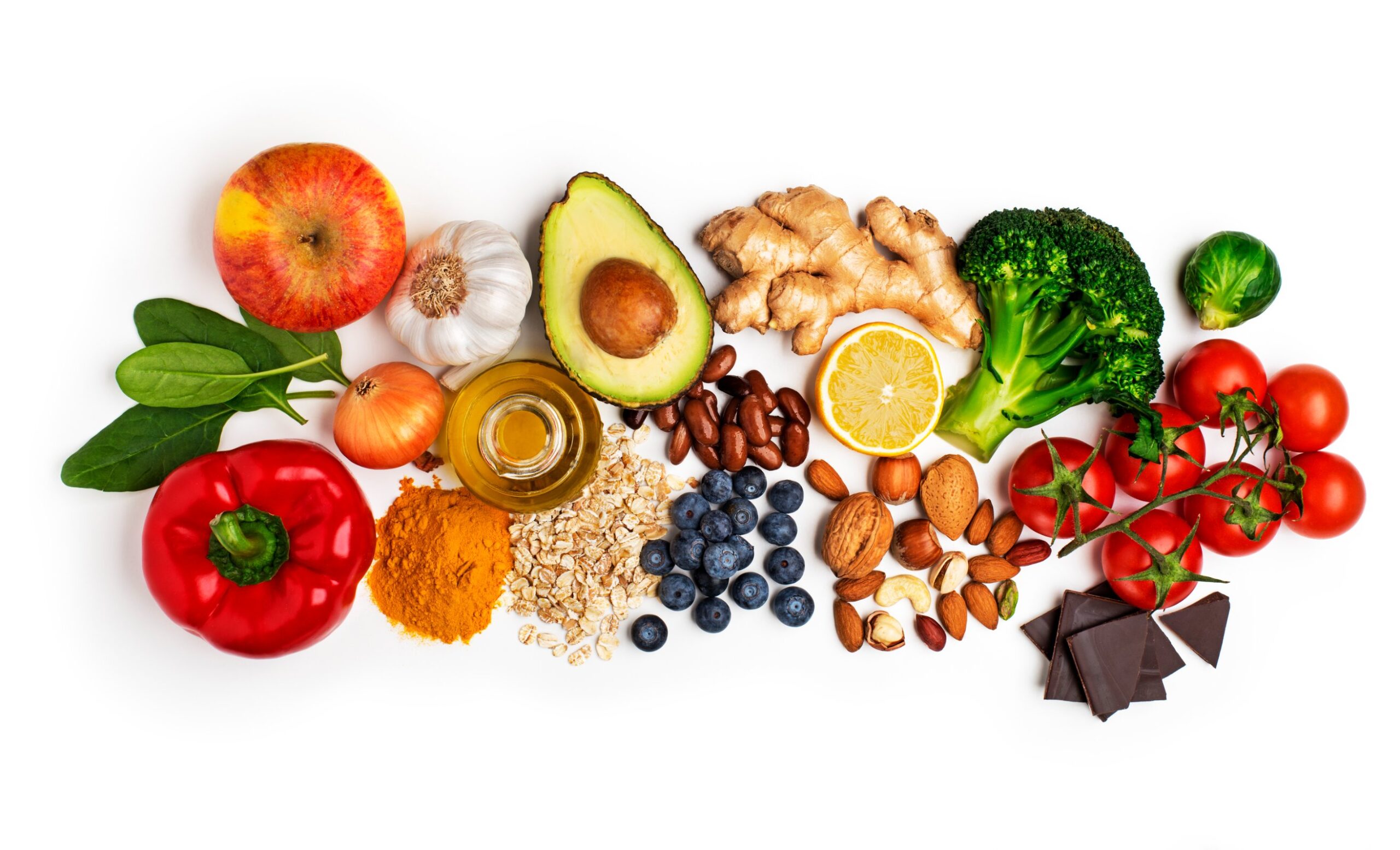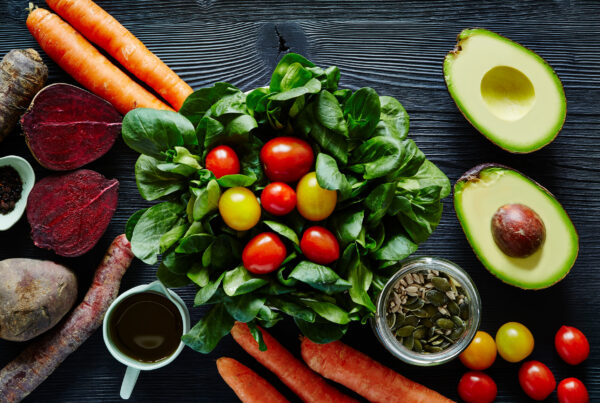”Question: Living in pain impacts my life everyday, what role does nutrition play and can it help me, even 1%?
Reading time: 5 Minutes
MWi Hack:
- Learn the role diet may play in your level of pain.
MWi Summary:
-
- Chronic pain may be the result of chronic inflammation.
- Foods rich in polyphenols, a type of antioxidant, can help lower inflammation levels.
- A diet rich in variety can help to manage inflammation, and thus pain levels.
The foods you eat (and don’t) can determine how well your body fights painful inflammation.
It’s been said that you are what you eat, and that’s definitely true when it comes to chronic pain.
“A lot of chronic pain is the result of chronic inflammation, and the evidence is quite strong that your diet can contribute to increased systemic inflammation,” says Dr. Fred Tabung, a visiting researcher with the Department of Nutrition at Harvard’s T.H. Chan School of Public Health. “But your diet is also one of the best ways to reduce it.”
Inflammation insight
Inflammation has a good-guy/bad-guy role in your health. When you are injured or get infected, your body signals the immune system to send white blood cells to the affected areas to repair the injury or fight the infection.
Protect yourself from the damage of chronic inflammation.
Science has proven that chronic, low-grade inflammation can turn into a silent killer that contributes to cardiovascular disease, cancer, type 2 diabetes and other conditions. Get simple tips to fight inflammation and stay healthy — from Harvard Medical School experts.
When the injury heals or the infection goes away, inflammation normally goes away too. However, sometimes your immune system gets turned on and stays on after the “crisis” has passed.
Over time, this can damage healthy cells and organs and cause constant pain in muscles, tissues, and joints. Chronic inflammation also can raise your risk for heart disease, diabetes, certain cancers, and even Alzheimer’s disease.
Diet and the immune system
How does your diet fit into all this? It’s much like a domino effect that works two ways, according to Dr. Tabung.
“Your diet can help support your immune system by having it turn on and turn off at the appropriate times,” he says. “Yet a poor diet can alter your immune system, so it acts abnormally, and can contribute to persistent low-grade inflammation.”
In fact, some studies have found that the immune system reacts to an unhealthy diet in much the same way it would respond to a bacterial infection. How a healthy diet directly helps the immune system is not quite understood, says Dr. Tabung. However, some evidence suggests that deficiencies in various micronutrients — like zinc, selenium, iron, folic acid, and vitamins A, B6, C, and E — may alter immune system function.
The strongest scientific evidence suggests foods rich in a group of antioxidants known as polyphenols can have an anti-inflammatory effect that helps soothe and prevent painful flare-ups.
These foods include many of the staples of the Mediterranean diet, such as whole fruits (especially all types of berries), dark green leafy vegetables, nuts, legumes, and whole grains.
“Many of these also are rich in the micronutrients your immune system requires to function at a high level,” says Dr. Tabung. Some research has suggested that omega-3 fatty acids, which are found in olive oil, flaxseed oil, and fatty fish (like salmon, sardines, and mackerel), also may help control inflammation.
Aim for variety
The best dietary approach to help your immune system, and thus help reduce chronic inflammation, is to cut out the bad inflammatory foods and adopt more of the good anti-inflammatory kinds, says Dr. Tabung.
Many of the bad foods are processed “junk” foods with low nutritional value, including soda and other foods that contain simple sugars like high-fructose corn syrup; processed meat; and white bread, white pasta, and other foods high in refined carbohydrates. (These are foods you want to eliminate for other health reasons, too.)
When it comes to anti-inflammatory foods, Dr. Tabung says you shouldn’t load up on a few favorites, as you may miss getting some of the vital nutrients your immune system needs.
Instead, aim for variety. For example, break down your regular meals like this:
- Half your plate should be filled with whole grains like whole-wheat bread, whole-grain pasta, and brown rice, along with healthy proteins, such as fish, poultry, beans, and nuts.
- The other half should be mostly vegetables along with some fruit.
- Always use healthy oils like olive and canola oils instead of butter or other flavorings.
Keep in mind that you have to make lasting changes in order for your diet to work for you.
“Your diet is not a quick-fix pill,” says Dr. Tabung, “but it has high potential to help manage and even prevent inflammation, which can help soothe chronic pain.”
MWi would like to thank Harvard Health for sharing these important insights with our community. Hit the button below to go to the original article:






